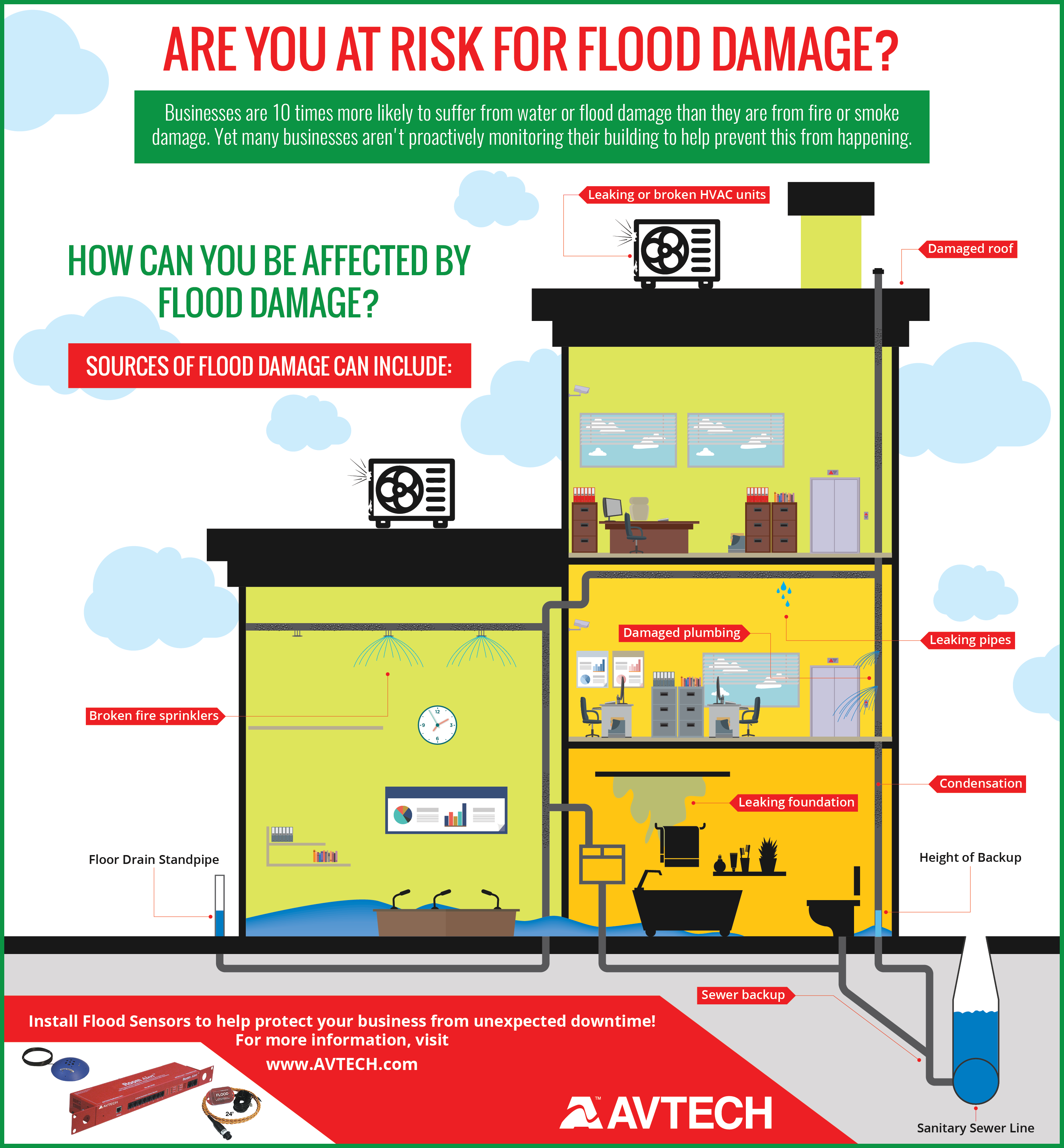Check Out Just How Changing Weather Patterns Can Influence Your Roof Covering Installation And Secure A Work That Meets Your Requirements
Check Out Just How Changing Weather Patterns Can Influence Your Roof Covering Installation And Secure A Work That Meets Your Requirements
Blog Article
Posted By-McCoy Dyhr
When it pertains to roofing system installments, the weather condition can make or break the work. Envision the disappointment of managing materials that won't coordinate as a result of extreme heat or fighting slippery surfaces caused by unforeseen rainfall. Understanding the effect of weather on your roofing job is crucial for an effective outcome. So, allow's explore exactly how various climate aspects can affect the high quality and resilience of your roof covering installation, guaranteeing a work well done.
Effect of Temperature Level on Roofing System Installation
When it concerns roofing installation, temperature level plays a crucial function in the process. The suitable temperature level for roof covering tasks usually falls in between 45 and 85 levels Fahrenheit. Severe warmth can trigger products like roof shingles to end up being also flexible, leading to prospective damages during installation. On the other hand, cool temperature levels can make materials brittle and susceptible to breaking. It is necessary to set up roof installations during modest temperature levels to guarantee the very best end result.
Throughout chillier climate, contractors might need to take extra precautions such as using heated devices or enabling materials to heat up before installment.
In contrast, heat may require job to be done previously or later in the day to stay clear of the peak temperature levels. By taking into consideration the temperature level and its results on roof covering materials, you can assist guarantee a successful setup that will certainly stand up to the elements for many years to find.
Effect of Precipitation on Roof Projects
Roof covering tasks can be dramatically affected by precipitation, affecting both the timeline and the top quality of the setup. Rainfall or snow can create unsafe conditions, making it risky for contractors to work on a wet surface. In addition, wetness can compromise the adhesion of products like roof shingles or underlayment, bring about prospective leakages or damages in the future.
If it rains throughout a roof task, the water can seep right into at risk locations, triggering delays as the installment crew should wait on the roof to completely dry before continuing. why not check here can additionally promote the development of mold and mildew and mold, further jeopardizing the honesty of the roof covering.
To prevent these concerns, it's advised to set up roofing tasks throughout drier seasons or check the weather forecast very closely to prepare around any potential rainstorms. By taking visit this site to work in positive climate condition, you can make sure a smoother and more effective roof setup process.
Influence of Wind Speed on Installation Success
During roofing setup, the rate of the wind plays a critical duty in figuring out the success of the job. High wind rates can position significant obstacles to contractors, possibly bring about safety and security threats and quality problems. When wind speeds exceed advised restrictions, it becomes difficult to deal with products, enhancing the threat of mishaps and damage to the roof covering materials. Strong gusts can also influence the accuracy of dimensions and the precision required for appropriate installation.
To guarantee a successful roof covering installment, it's essential to check and consider wind rates. Preferably, roofing system setup must occur on days with reduced to moderate wind speeds. This not just boosts the safety and security of the workers yet also boosts the general quality of the installment.
Roof projects set up during tranquil weather are most likely to be finished effectively and with less mistakes. By taking notice of wind speed forecasts and planning accordingly, you can aid ensure a smooth and effective roofing system setup procedure.
Conclusion
So, when it concerns roofing system setup, keep in mind to think about the weather conditions to ensure a successful work. Optimal temperatures, dry conditions, and moderate wind speeds are key factors to prioritize for a smooth setup procedure. By scheduling your project during the best periods and ideal weather, you can achieve a resilient and durable roof that will shield your home for many years to come.
